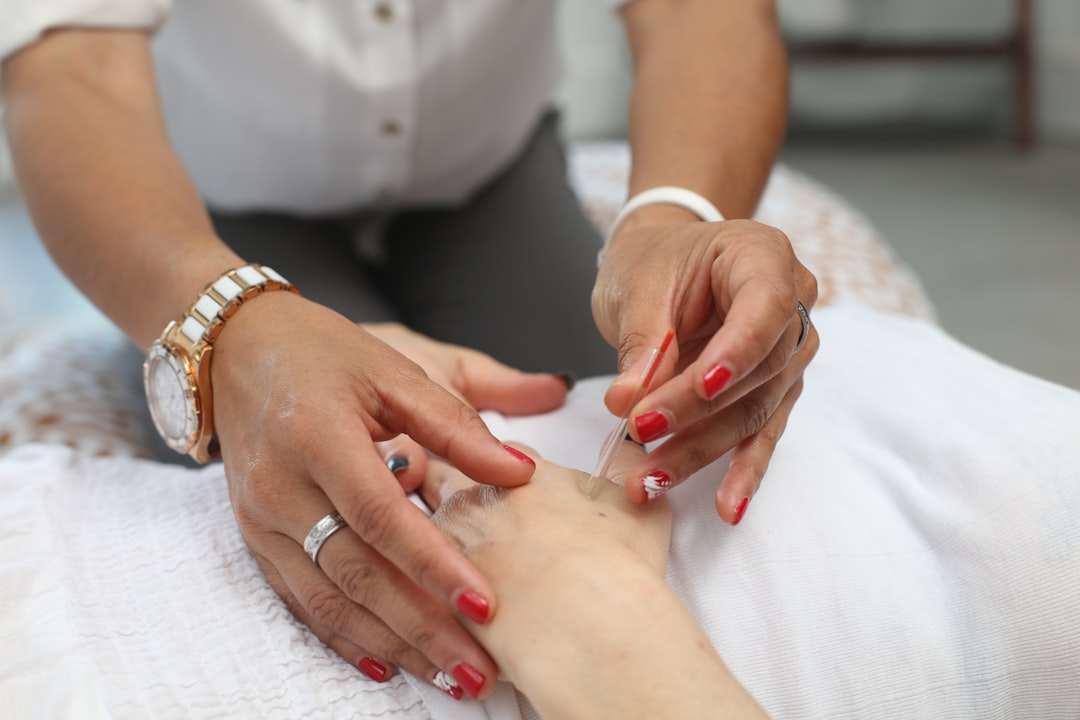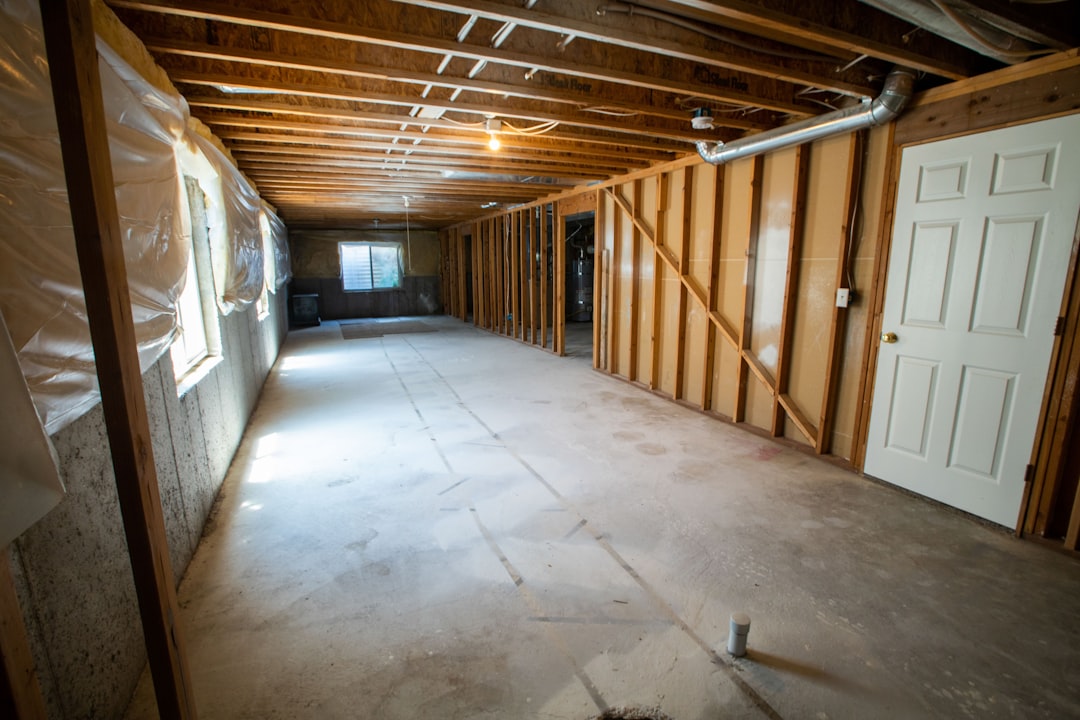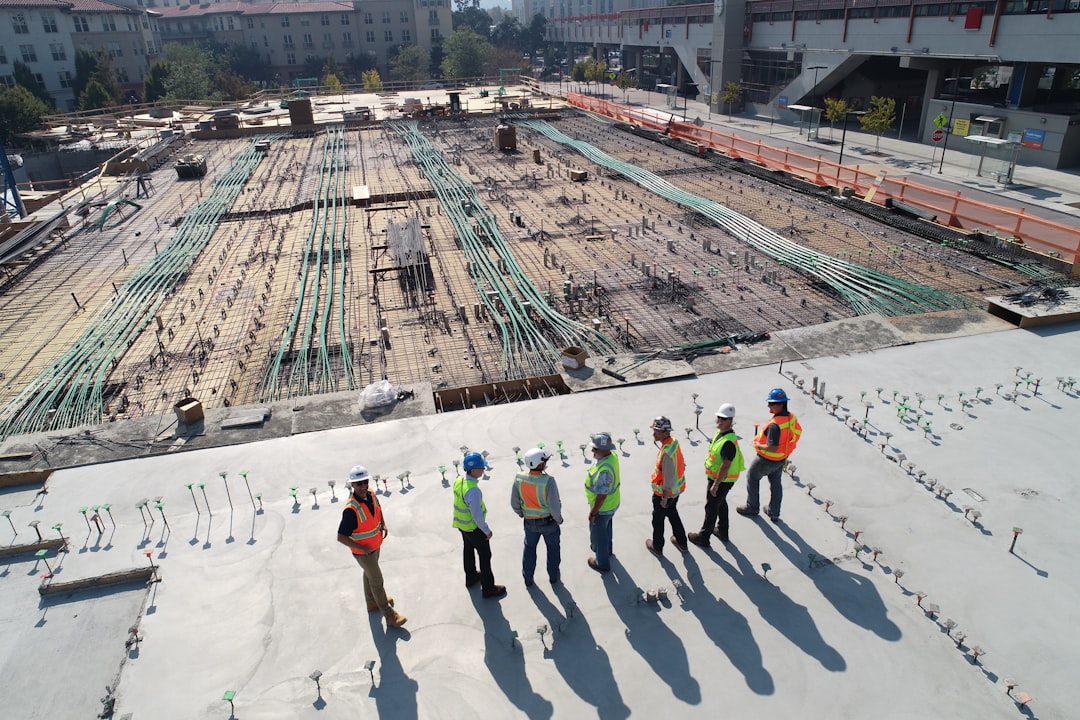Protecting your home from water intrusion is one of the most important steps in maintaining structural integrity and preventing costly damage. While interior waterproofing methods can help manage moisture that seeps inside, exterior waterproofing offers a more proactive approach, stopping water before it ever enters your home. This process involves treating the outside of your foundation to create a barrier that prevents moisture from penetrating through walls and into basements or crawl spaces.
The exterior waterproofing process typically begins with excavation around the foundation. Once the soil is removed, waterproof membranes or coatings are applied to the foundation walls. These materials are designed to block water from entering and to redirect it away from the home. A drainage system, such as a French drain, is often installed at the base of the foundation to carry water away efficiently. When properly executed, this method can significantly extend the life of your home’s structure and reduce the risk of mold and mildew.
Choosing the right materials is crucial to the success of any exterior waterproofing project. Advanced products like liquid membranes are gaining popularity due to their ease of application and long-lasting performance. They form a seamless barrier that adheres to various surfaces, making them ideal for complex foundation shapes. For a closer look at how these systems work, consider exploring exterior waterproofing options that incorporate modern membrane technologies.
Beyond material selection, climate and soil conditions also play a significant role in the effectiveness of exterior waterproofing. Homes located in areas with heavy rainfall or expansive clay soils are especially vulnerable to water pressure pushing against foundation walls. In such cases, a comprehensive approach that combines waterproof coatings with proper drainage is essential for long-term success.
It’s also important to understand the difference between waterproofing and damp proofing. While both aim to control moisture, damp proofing only resists water vapor and is not designed to stop liquid water. Exterior waterproofing, on the other hand, provides a full barrier against both water and moisture, offering greater protection for below-grade areas.
For homeowners considering this type of home improvement, working with specialists who understand the local environment and construction norms can make all the difference. Resources like professional building solutions can provide valuable insight into product selection and application techniques tailored to your specific location and foundation type.
Ultimately, exterior waterproofing is an investment in your home’s future. By addressing potential water issues before they become problems, you not only safeguard your property but also increase its value and livability. Whether you’re building a new home or improving an existing one, taking the time to properly waterproof the exterior is a step that pays long-term dividends.








